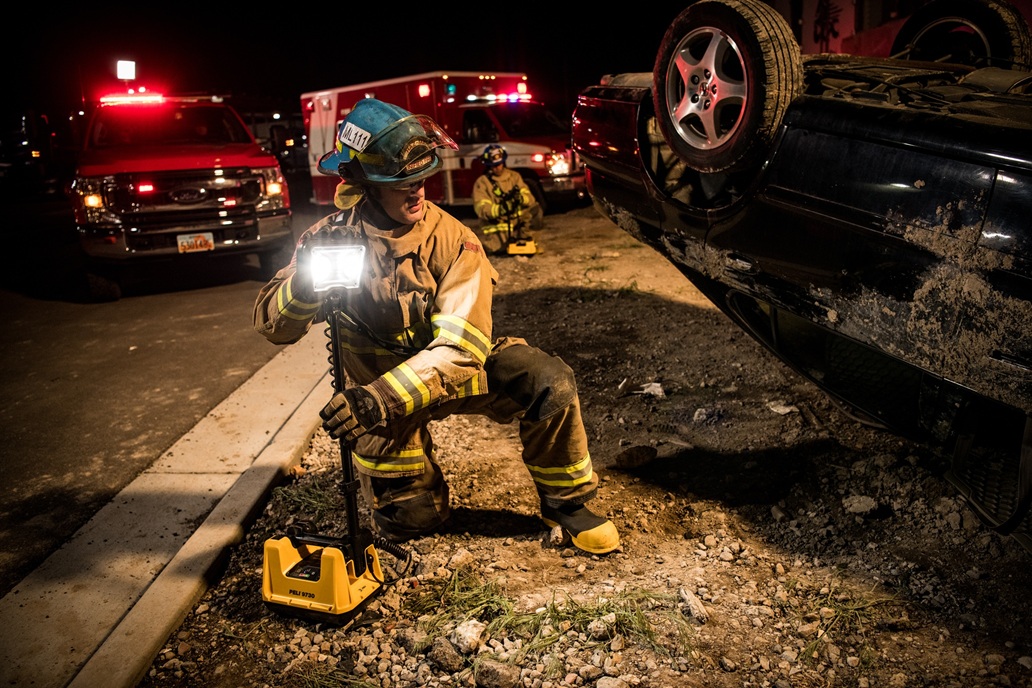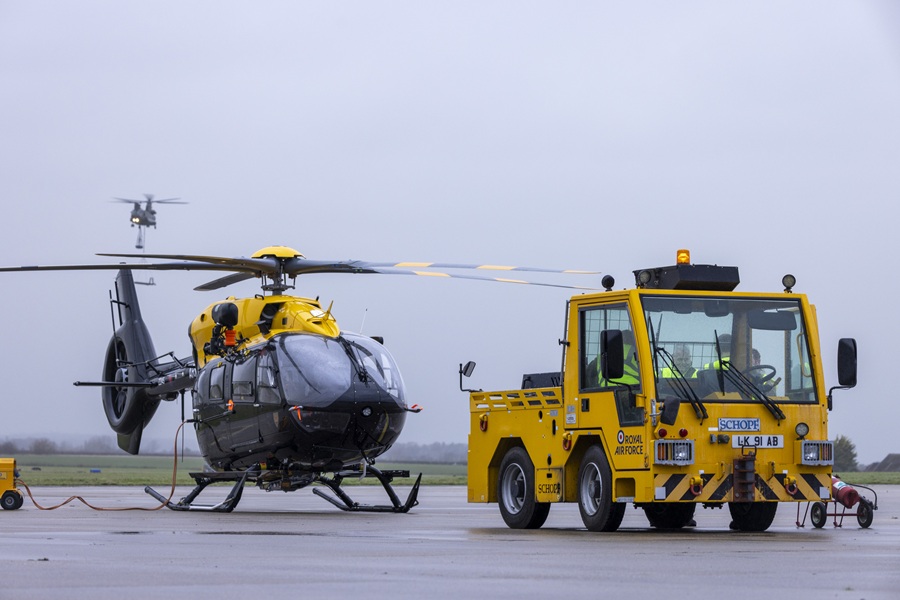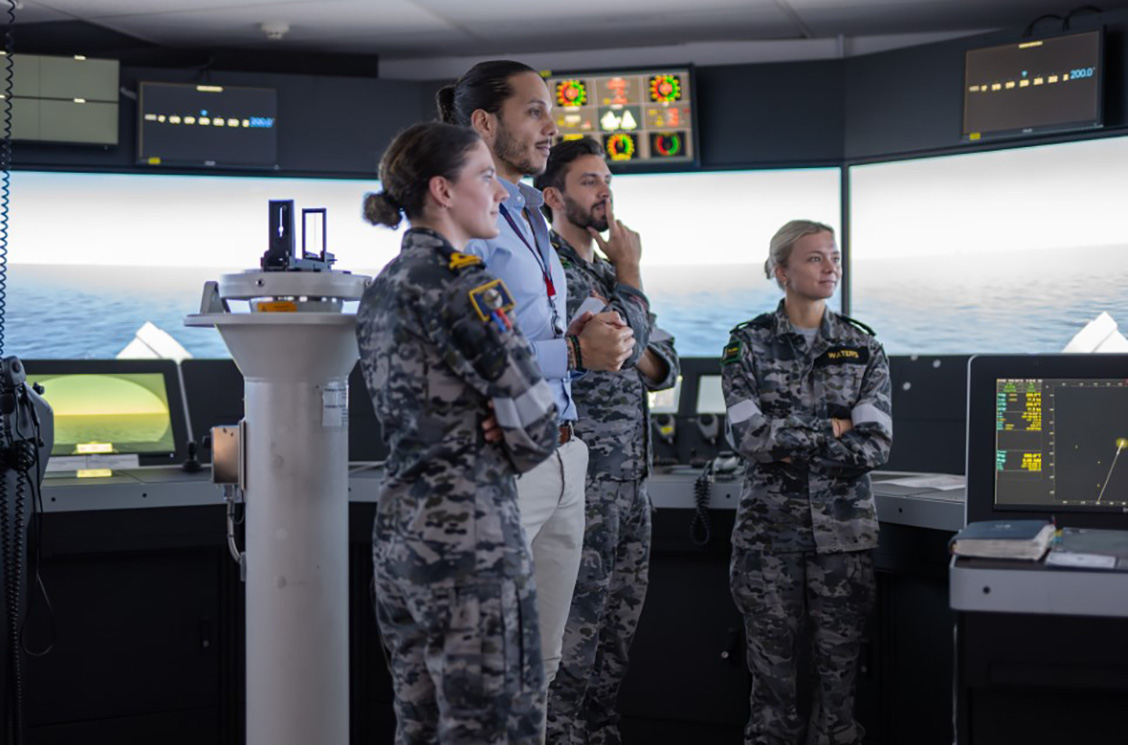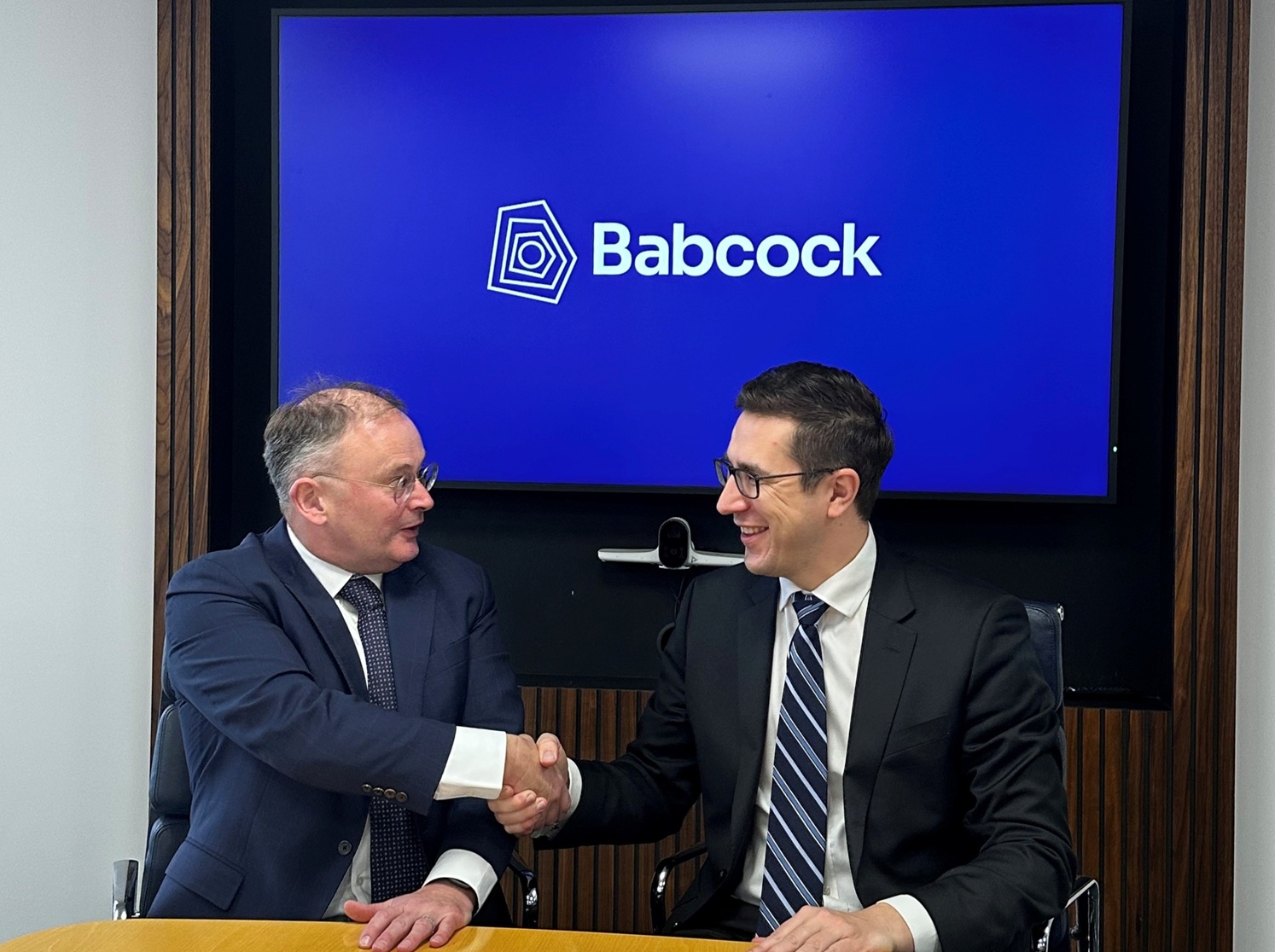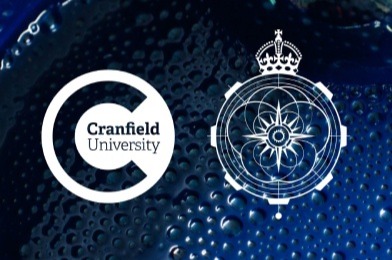JFD completes sea acceptance trials and training on sub rescue systems for Indian Navy

The completion of the sea acceptance trials, conducted on the east coast of India at Visakhapatnam where the system will be based, marks a key milestone in ensuring there is a comprehensive fly-away submarine rescue capability in place that will safeguard the lives of submariners operating anywhere in the world.
Following on from a similar set of sea trials and training delivered to the Indian Navy’s west coast Submarine Rescue Unit at Mumbai last year, JFD has now completed the rigorous sea trials process for both systems. As a next step in the ongoing trials and acceptance phase of the delivery, JFD will conduct air loading trials of the key equipment into Indian Military IL76 and C17 aircraft, providing the Indian Navy with extensive rescue capabilities and ensuring the highest safety standards are upheld.
Throughout the sea trials process, JFD and the Indian Navy conducted multiple dives of the system’s Deep Search and Rescue Vehicle (DSRV) to both fixed and angled targets, as well as mating exercises with Indian Navy submarines including the safe transfer of personnel, testing all aspects of the DSRV’s capabilities. As part of the trials and acceptance process, a team of more than 30 experts trialled all aspects of the submarine rescue system including conducting multiple dives of the Remotely Operated Vehicle (ROV) to ensure accuracy in locating targets and conducting surveys, Side Scan Sonar exercises to accurately locate and identify targets, and Transfer Under Pressure operations, including mating to the three deck decompression chambers, to prove the capability of the system in conducting the evacuation of personnel at pressure followed by a safe decompression process. The trials programme proved the ability of the DSRV to operate effectively with multiple India Navy submarines maximising the chances of a successful rescue operation.
Giovanni Corbetta, Managing Director, JFD, commented: "The delivery and sea trials acceptance of these two new third-generation fly-away submarine rescue systems ensures the provision of a highly advanced rescue capability, not only to the Indian Navy but - crucially - to submariners operating all over the world. In undertaking this rigorous and thorough sea trials process, JFD has worked in close partnership with the Indian Navy in testing and proving the capabilities of the system whilst simultaneously providing the Indian Navy with the knowledge and experience they need to successfully put their skills into practice in the most urgent situations, ensuring they are able to conduct potentially complex rescue operations even in extreme environments.
"The Indian Navy’s east coast-based rescue team, who will operate the system when in service, have after 24 days of intensive training at sea proven that they are equipped with the skills and expertise to conduct safe and efficient submarine rescue operations, should the need ever arise.”
Following the completion of the sea acceptance trials, JFD will continue to work closely with the Indian Navy to train the crew on the safe operation and maintenance of the system, allowing them to gain vital hands-on experience that will ensure the safe and effective operation of both systems for years to come. The acceptance process and equally intensive training programme provides practical experience for the full operational team of 36 individuals required to operate a submarine rescue system.
The DSRVs operating as part of the third generation submarine rescue systems mark a pioneering step-change in real world submarine rescue capabilities. The vehicles have been designed with a weight that optimises maximum payload whilst safeguarding the vehicles’ transportability, a critical factor in minimising the time required to mobilise the system whilst ensuring that as many submariners as possible can be rescued at one time, maximising the chances of a successful rescue. The DSRVs are capable of operating at greater depths than most submarine rescue vehicles, providing the crew with reassurance there is an effective and robust capability should an incident arise, even in challenging conditions and at great depth.
Designed to optimise speed and manoeuvrability - both crucial factors in conducting a successful rescue operation - the vehicles have the capability to mate with any submarine, even those that might be subject to inclination on the seabed, providing reassurance to both the team onboard the submarine and to those supporting on land that there is a rescue capability in place that can bring the stricken submariners to safety.
JFD is committed to ensuring that the safety of submariners is protected at all times, and has worked in close partnership with the customer to ensure that the systems are not only in place, but that the crew is confident in their ability to carry out safe and effective submarine rescue missions in the event of an incident.






